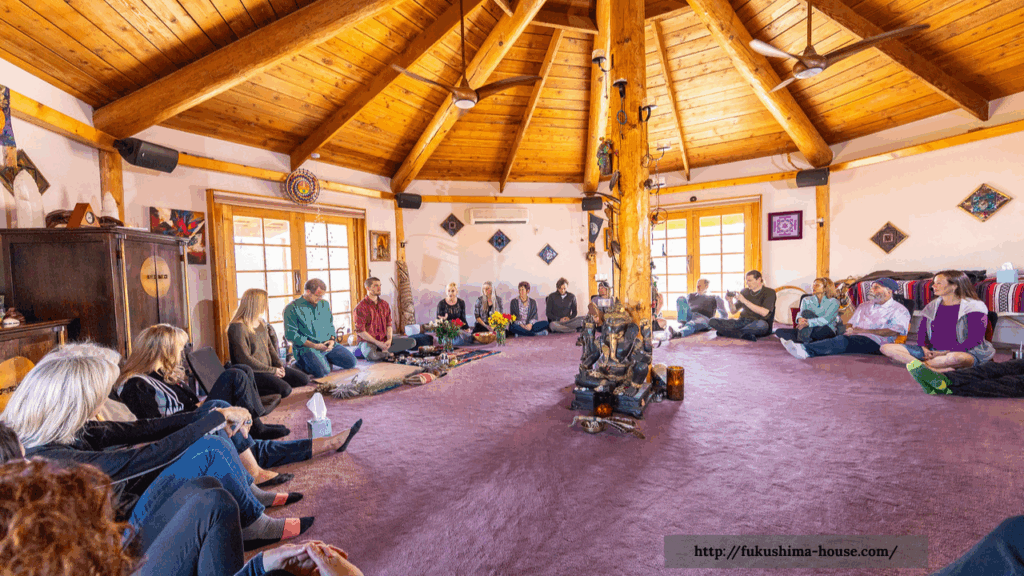
Recovery is more than just a process—it’s a journey of renewal, healing, and transformation. At the heart of that journey lies the importance of environment. Creating a recovery sanctuary within your home can be a powerful way to reinforce sobriety, foster emotional stability, and provide a place where true healing can unfold. Here’s how to begin turning your living space into a personal haven for recovery.
1. Declutter for Clarity
A cluttered space can mirror a cluttered mind. Begin by removing items that no longer serve your well-being. Whether it’s physical clutter, reminders of the past, or anything associated with substance use, let them go. Simplifying your surroundings makes room for clarity, focus, and a fresh start—key ingredients for healing.
2. Establish Safe, Trigger-Free Zones
Identify areas in your home where you feel most vulnerable and reshape them to support recovery. This might mean removing alcohol from your kitchen, repurposing a room once associated with unhealthy habits, or simply redesigning a space to feel more peaceful. Replace triggers with calming elements like plants, books, or personal affirmations.
3. Design with Intention and Comfort
Your recovery sanctuary should reflect calm, hope, and positivity. Use soft lighting, warm colors, cozy textures, and items that inspire serenity. Candles, essential oils, inspirational quotes, and natural elements like stones or wood can all add a grounding effect. Personal touches—photos, artwork, spiritual symbols—help affirm your identity and purpose.
4. Create a Healing Routine
Consistency breeds stability. Within your sanctuary, carve out a daily routine that nurtures your body and mind. This could include morning meditation, journaling, stretching, or reading. A designated space for reflection or prayer can serve as an emotional anchor and a reminder that each day is a chance to choose healing.
5. Invite Supportive Energy In
A recovery sanctuary isn’t just about solitude—it’s also about connection. Invite people into your space who uplift and support your recovery. Whether it’s a close friend, sponsor, or therapist, shared conversations in a safe environment strengthen bonds and remind you that you’re not alone.
6. Embrace Peace Through Senses
Healing is sensory. Use scent, sound, and sight to create a calming atmosphere. Play relaxing music, light incense, or incorporate water features like small fountains. These subtle touches can soothe anxiety, ease tension, and make your sanctuary feel like a true escape from external stressors.
7. Evolve with Your Growth
As your recovery journey deepens, let your space evolve with you. Update it to reflect milestones, new interests, and deeper levels of self-awareness. A sanctuary is not static—it grows with your progress, offering new layers of comfort and affirmation.
Final Thoughts
Healing begins within—but it thrives in the environment you cultivate. Your home can be a powerful partner in recovery, offering safety, structure, and peace. By intentionally creating a recovery sanctuary, you give yourself more than just a place to stay—you create a space to truly heal, grow, and thrive.
